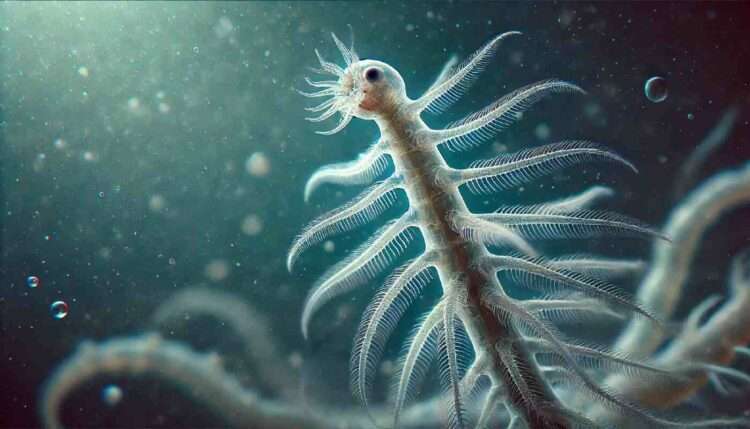What happens when you squeeze a tiny creature called a hydra? Scientists found that confining hydra in narrow spaces can cause them to grow extra heads, revealing surprising secrets about how animals develop.
Hydra are small, freshwater creatures known for their incredible ability to regenerate. If you cut a hydra into pieces, each piece can grow into a whole new hydra. This amazing talent has fascinated scientists for centuries. Recently, researchers from the Technion–Israel Institute of Technology and the Max-Planck Institute made a groundbreaking discovery about how hydra regenerate in tight spaces.
According to the study published in PRX Life, when hydra tissues are confined in narrow tubes, the way they rebuild themselves changes dramatically. Normally, a hydra has a simple body with one head and one foot, forming a single axis. But when the hydra’s tissue is squeezed into a narrow cylinder, especially if the tissue’s original orientation is at odds with the tube’s direction, something strange happens: the hydra can develop multiple heads and feet!
So, how does this happen? It turns out that the physical environment—the space around the hydra—plays a big role in how it regenerates. Inside the hydra’s body, there are fibers made of a protein called actomyosin. These fibers are like tiny muscles that help the hydra move and change shape. They are organized in patterns that can have “defects,” or points where the pattern changes.
When the hydra tissue is confined, the actomyosin fibers are forced into new patterns because of the tight space. This creates new defects in the fiber arrangement. These defects become the spots where new heads or feet start to grow. In tissues where the fibers align with the tube, the hydra regenerates normally. But when the fibers are perpendicular, or at an angle to the tube, the misalignment causes the hydra to grow extra body parts.
This discovery is important because it shows that mechanical forces—like squeezing—can influence how an organism’s body plan develops. It’s not just about the chemical signals (called morphogens) that we often hear about in biology. Physical constraints can also guide how cells and tissues organize themselves.
The researchers also used a model to predict how the hydra would regenerate under these confined conditions. Their model took into account the actomyosin fiber patterns and the way morphogens move and interact in the tissue. The model’s predictions matched what they saw in their experiments, strengthening the idea that mechanical forces and biochemical signals work together during regeneration.
This study opens up new questions about how physical forces affect development in other animals, including humans. If mechanical constraints can change the way a simple organism like a hydra regenerates, could similar forces play a role in how complex organisms develop? Understanding this could have implications for regenerative medicine and tissue engineering.
In addition, the findings highlight the importance of considering both biochemical and physical factors in developmental biology. By exploring how these elements interact, scientists can gain a more complete picture of the processes that shape life.
So next time you think about how creatures grow and heal, remember that it’s not just about the chemicals inside them. The space around them and the physical forces they experience can make a big difference—even leading to a hydra with more than one head!
References:
- Maroudas-Sacks, Y., et al. “Confinement Modulates Axial Patterning in Regenerating Hydra.” PRX Life, vol. 2, no. 4, 2024, DOI:10.1103/PRXLife.2.043007.
- Technion–Israel Institute of Technology. Hydra Research
Note to Readers:
This fascinating discovery shows us that even the simplest organisms have complex ways of responding to their environment. It reminds us that science is full of surprises, and there’s always more to learn about the world around us.




